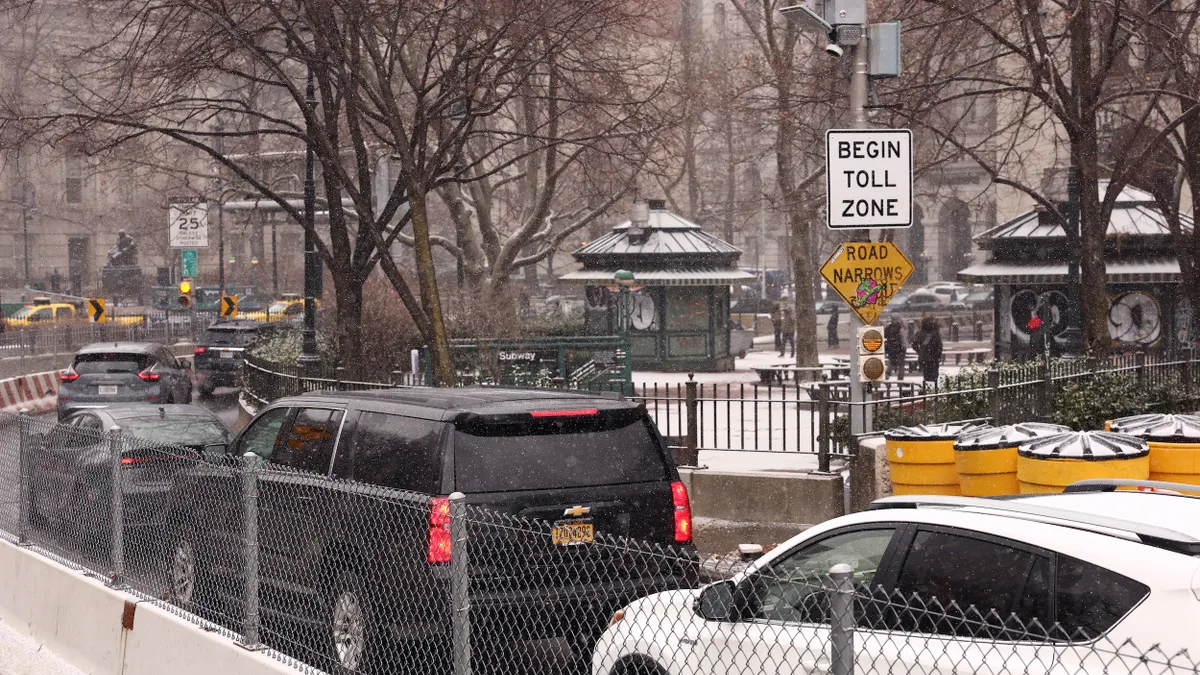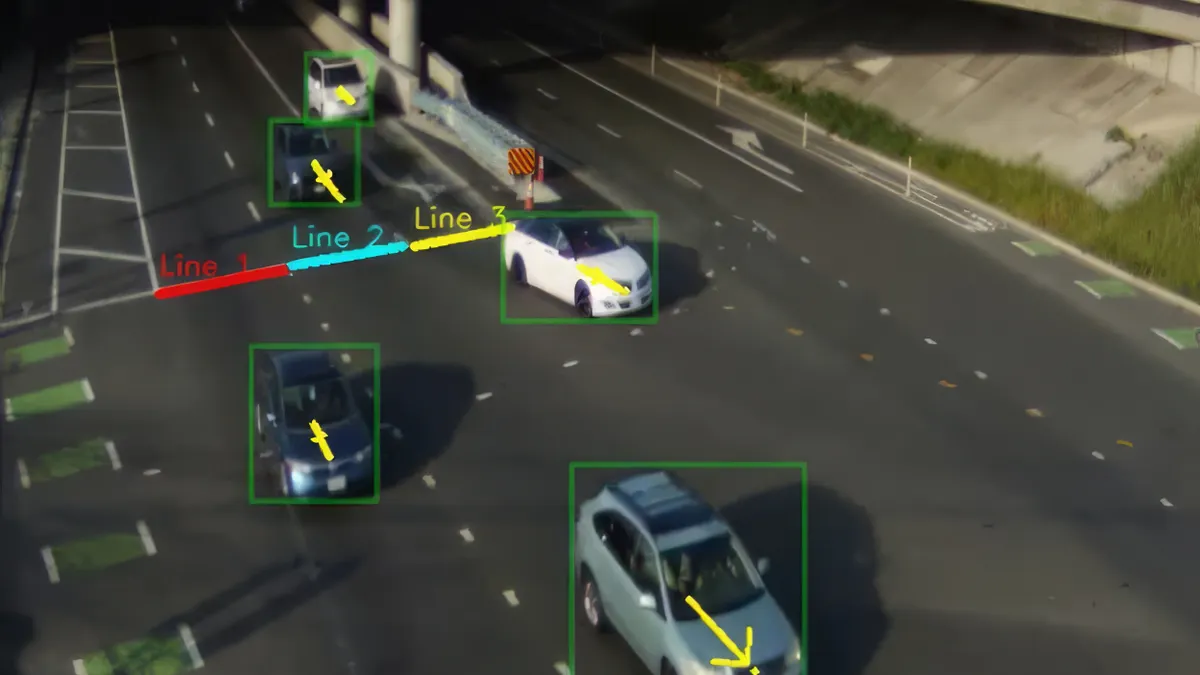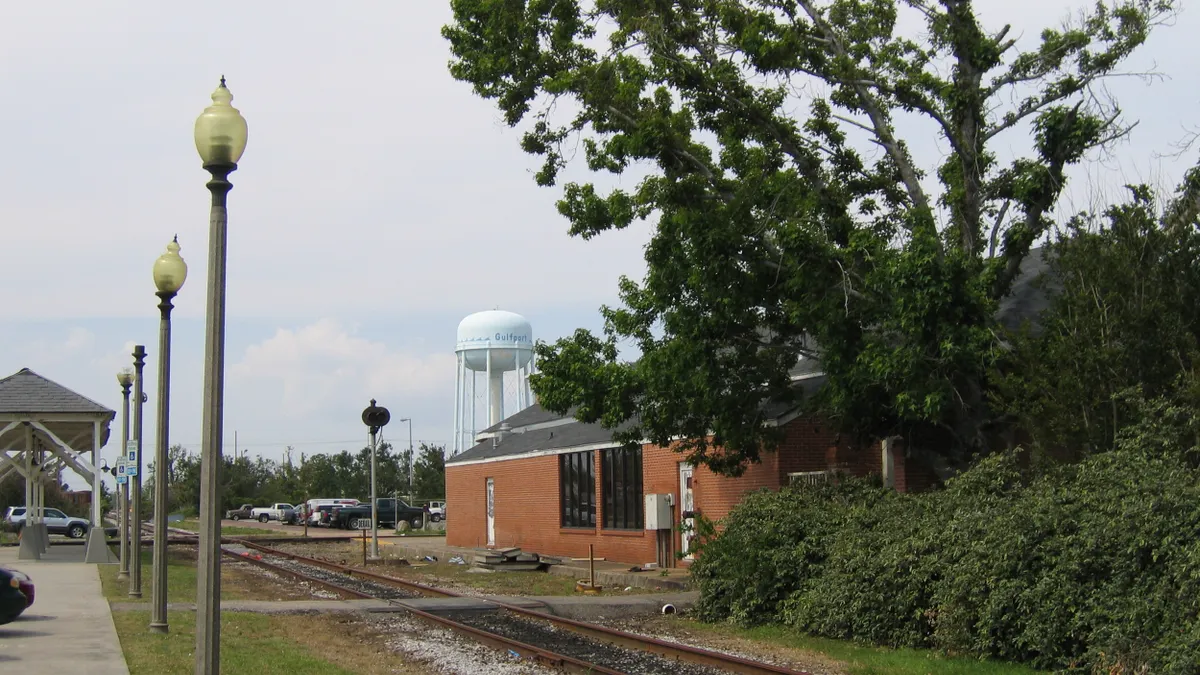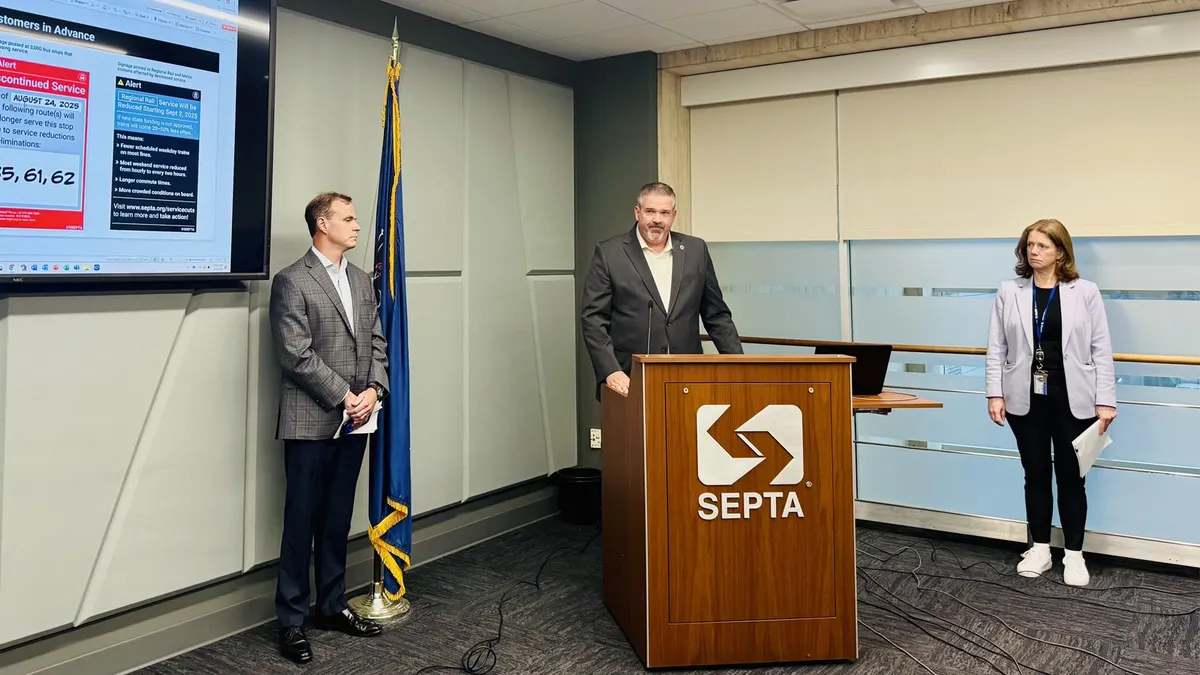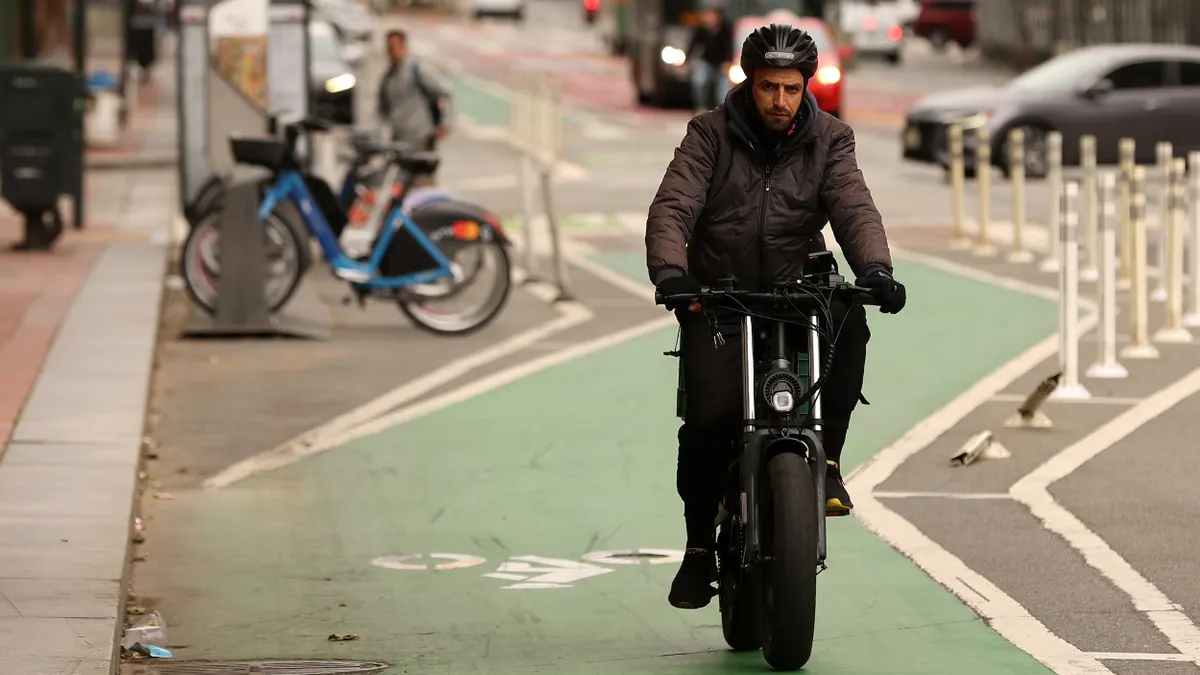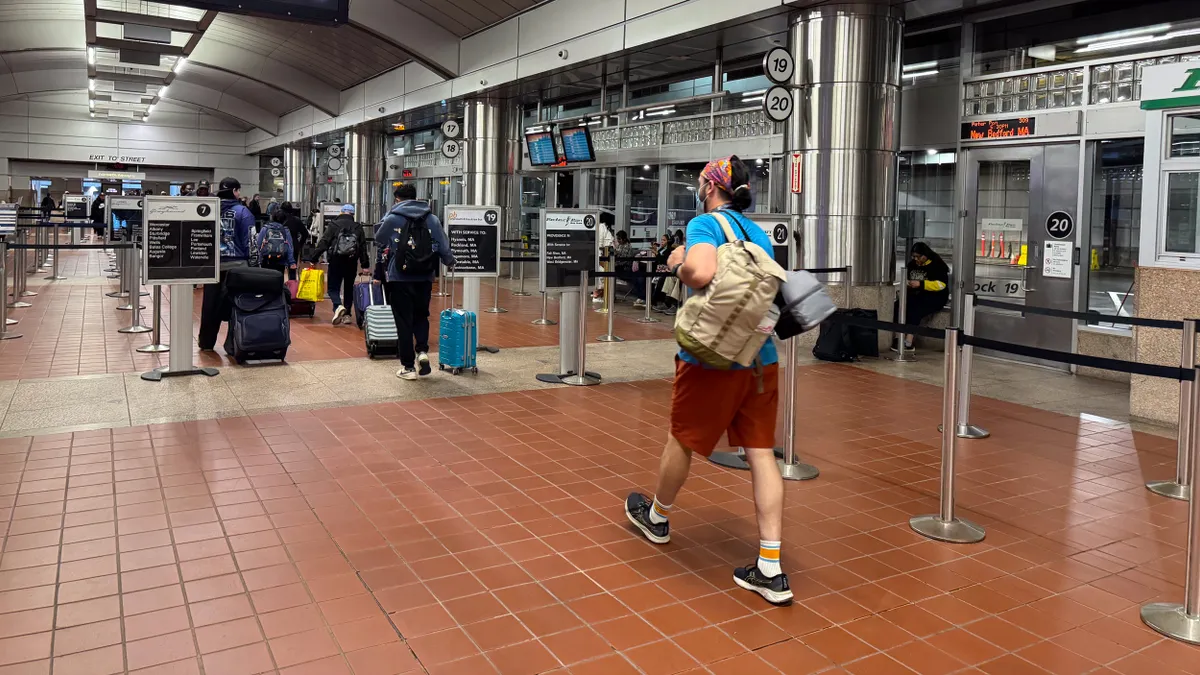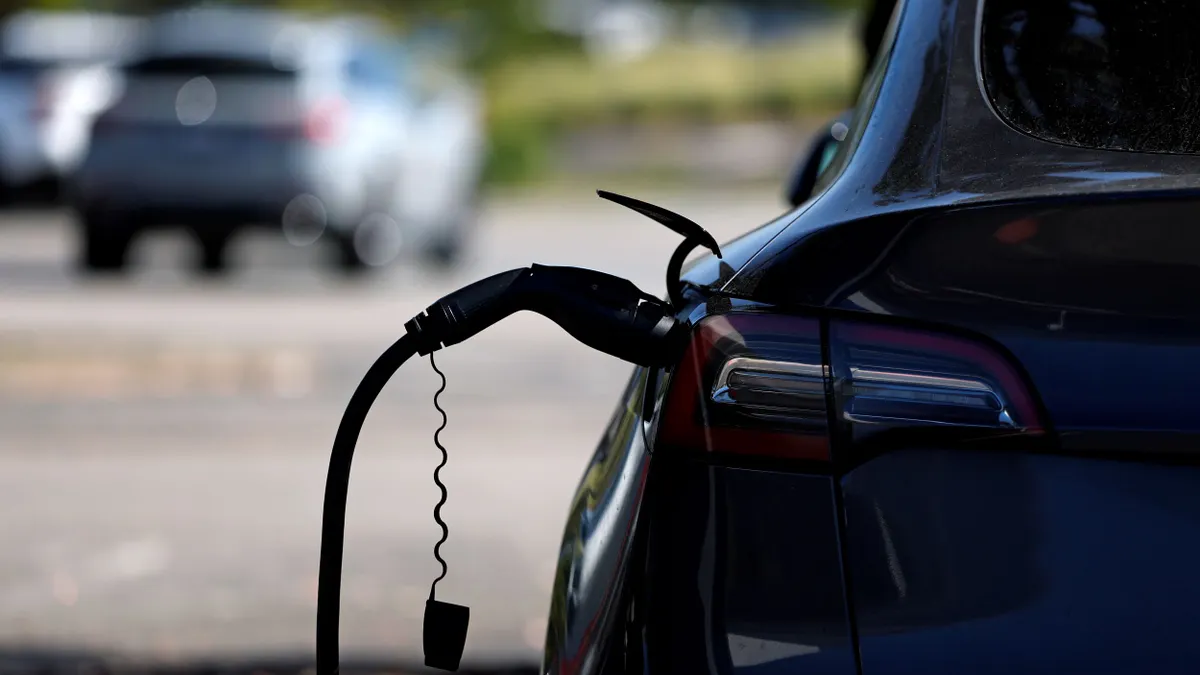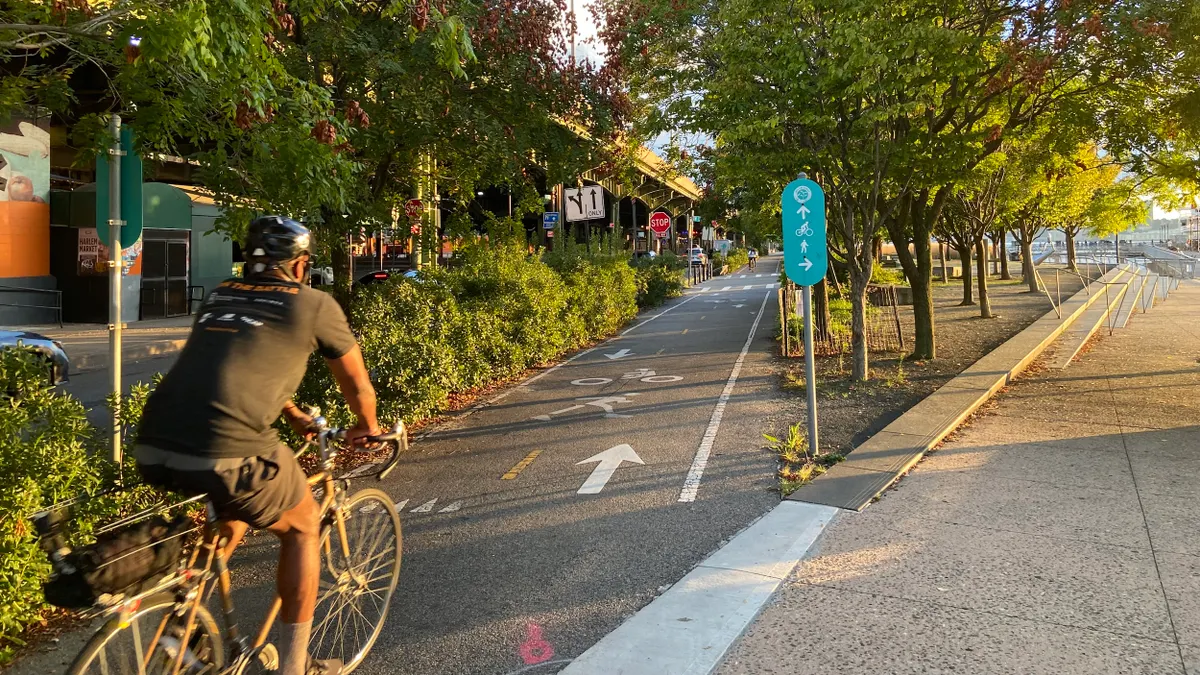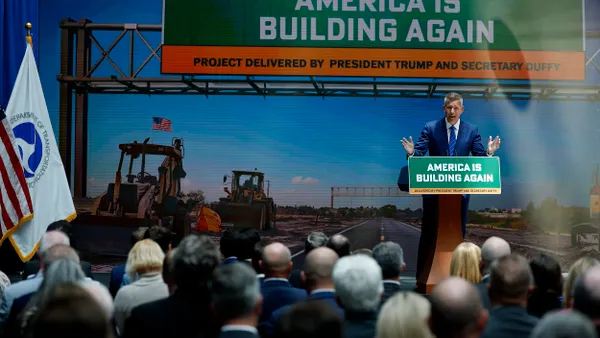As cities around the world continue to see increased traffic delays, some have implemented congestion pricing programs to ease gridlock. Congestion pricing acts as a market-based mechanism: increasing the cost to drive in certain areas may encourage drivers to take alternate means of transport or travel at different times. Toll revenues can go to improving roadways and public transit or reducing other vehicle-related taxes.
Congestion fees have been shown to reduce traffic and air pollution, but they are often controversial. Londoners initially opposed the city’s congestion pricing plan when it went into effect in 2003. Lawsuits and the Trump administration threaten New York’s program.
At least five cities have congestion pricing programs, and others are considering them.
Singapore launched a congestion pricing program in 1975, charging drivers a flat rate to enter the city’s central area. It was immediately successful, reducing traffic by 20% in just a few months. Authorities upgraded to a fully automatic system in 1998, with toll rates dynamically adjusted by location, time of day, vehicle type and real-time traffic speed. In 2024, Singapore drivers lost 20 hours to traffic delays, while New York City drivers — prior to congestion pricing — spent 102 hours stuck in traffic, according to Inrix.
London first established a congestion charge in 2003, when travel times in the city were slower than before the arrival of automobiles. Before the tolls went into effect, 43% of Londoners responding to a survey opposed the plan. Within a few months, opposition dropped below 31%, and more than half of respondents said they supported the program. London traffic declined 30%, while bus speeds in the zone increased by 6%. Even so, London remains one of the top five global cities for traffic delays, per Inrix.
Stockholm implemented its tolling program for the city’s central business district in 2006. Less than 40% of Stockholm residents supported the plan at the time, but one year later, voters passed a referendum to make the program permanent. Stockholm also invested in its public transit system, buying 197 new buses, adding 16 new bus lines and expanding service on existing routes. The Swedish Transport Agency charges variable fees during certain hours of the day. Another Swedish city, Gothenburg, has a similar program.
Milan started charging vehicles based on their emissions in 2008, then replaced that program in 2012 with a congestion charge on weekdays at certain hours. Within two years, traffic in the zone known as Area C decreased by 28%. Traffic collisions involving injuries declined over 26%, and CO2 emissions were down 35%. Milan ranks 19th among European cities based on average travel time over 6 miles, according to TomTom, a location technology company.
New York City launched the first congestion pricing program in the U.S. on Jan. 5, 2025, for vehicles entering Manhattan at or below 60th Street. Six months later, fewer vehicles entered the tolling zone in Manhattan than before, and average bus speeds in the zone had increased year over year. The program also had an effect outside the zone: traffic delays decreased by 10% in the Bronx and 14% in 12 municipalities in Bergen County, New Jersey. Transit ridership increased across the region, and toll revenues help fund capital investments in public transit. Despite its success, opponents in the federal government seek to terminate the program.
Other U.S. cities have considered similar programs but have yet to implement them. The Boston City Council and the Chicago City Council looked into the idea in 2024. The Los Angeles County Metropolitan Transportation Authority launched a traffic reduction study, including a potential congestion pricing pilot project, in 2023. The San Francisco County Transportation Authority in 2020 also conducted a congestion pricing study.
“New York’s early success could set the stage for a nationwide shift in urban mobility,” said Ralf-Peter Schäfer, TomTom vice president of product management for traffic, in an opinion column. “City planners and policymakers across America stand to gain valuable insights from this real-world application of congestion pricing.”



